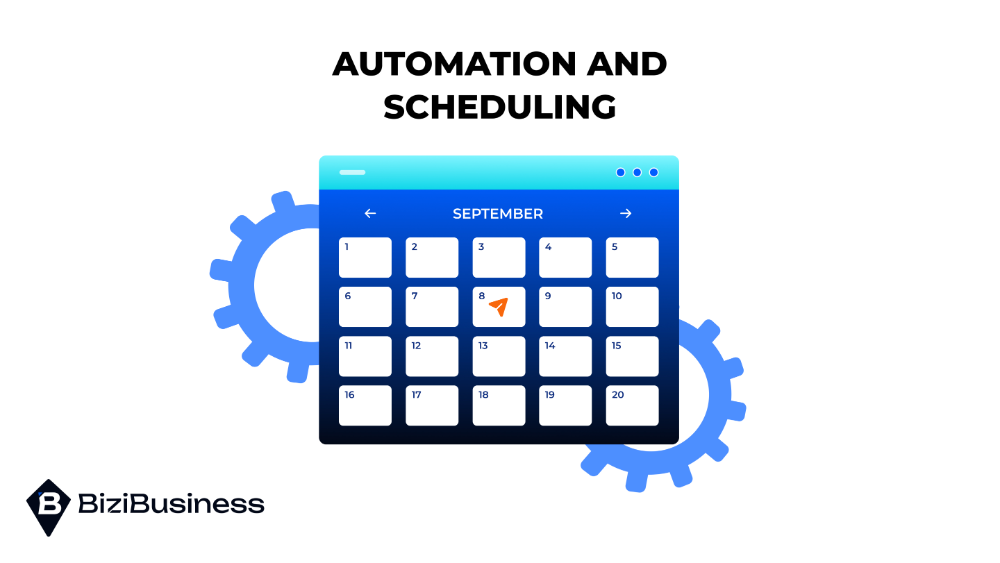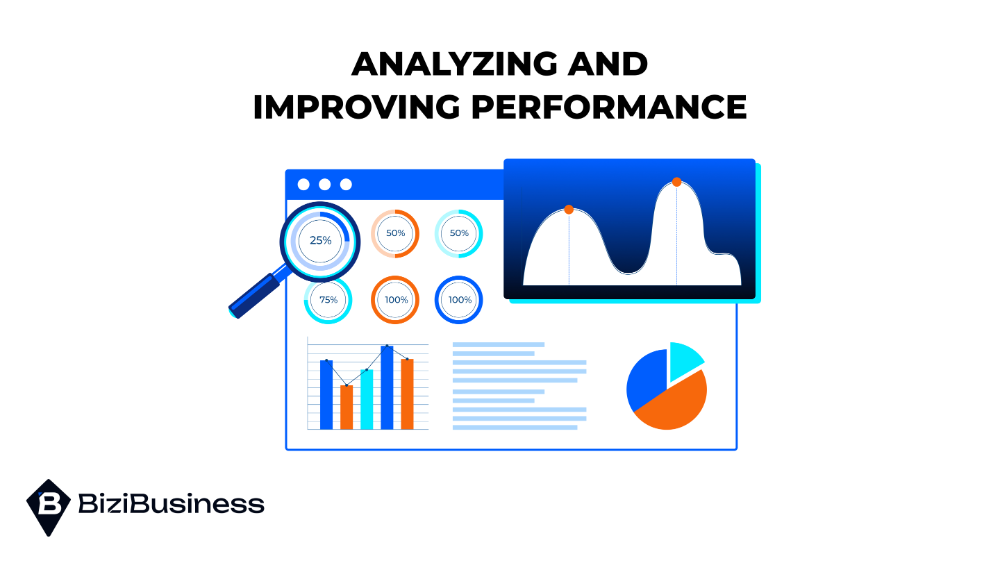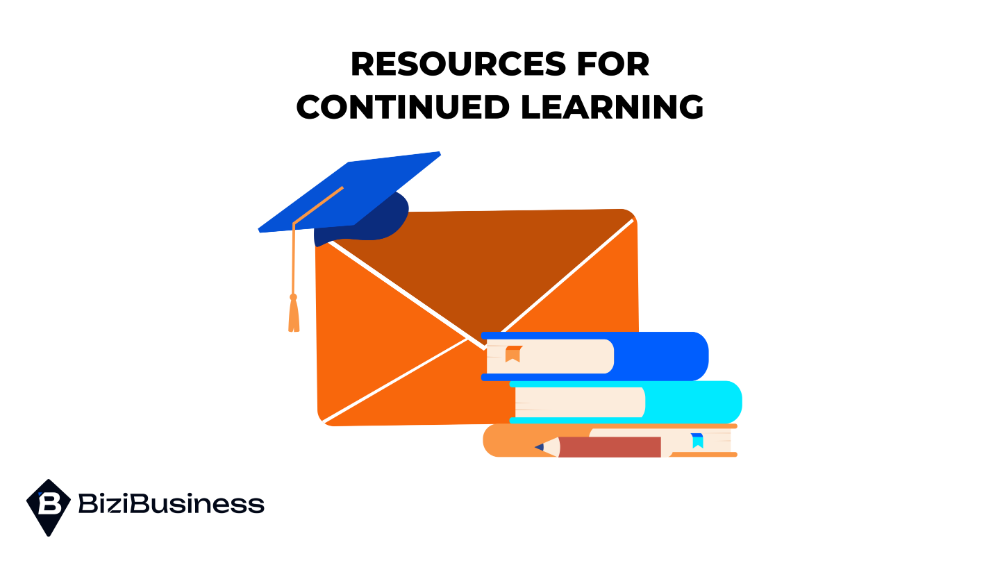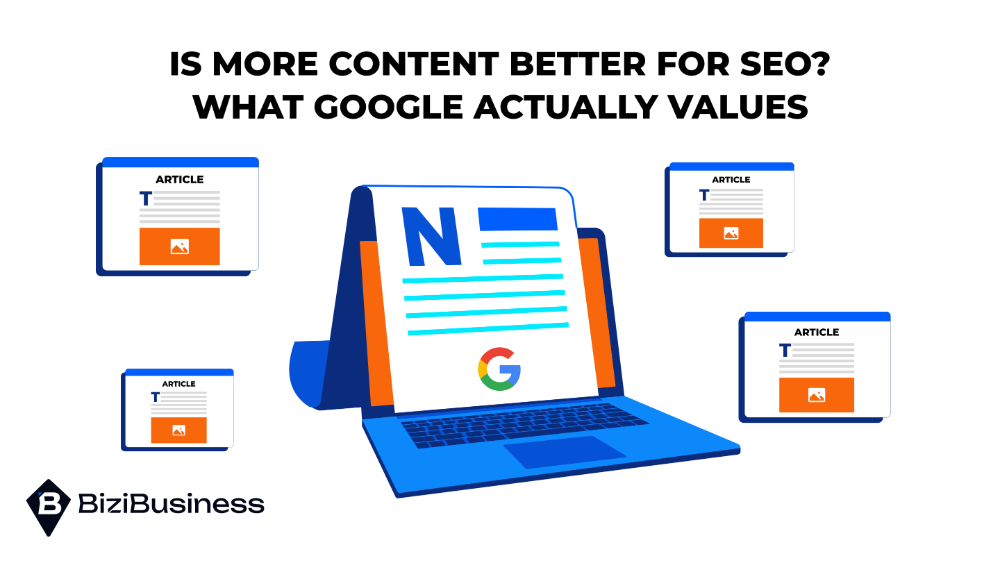Contents
Wondering how to learn email marketing for beginners? You’re in the right place. Email marketing is one of the most effective and beginner-friendly digital tools for building customer relationships, promoting products, and growing your business. With low cost and high impact, it’s an essential skill in today’s marketing landscape. This step-by-step guide will help you…
Wondering how to learn email marketing for beginners? You’re in the right place. Email marketing is one of the most effective and beginner-friendly digital tools for building customer relationships, promoting products, and growing your business. With low cost and high impact, it’s an essential skill in today’s marketing landscape. This step-by-step guide will help you get started, from understanding the basics to launching your first campaign, no experience required.
Understanding Email Marketing
If you’re just starting and wondering what is email marketing and how does it work, here’s the simplest answer: email marketing is a digital strategy that involves sending emails to a list of subscribers with the goal of promoting products, nurturing leads, or strengthening customer relationships. It’s a core component of inbound marketing, known for its high return on investment (ROI) and ability to deliver direct, personalized communication at scale.
Many beginners also ask, “Can I do email marketing without a website?”—and the answer is yes. While having a website enhances your strategy, you can begin collecting emails and sending campaigns through landing pages provided by platforms like Mailchimp or Brevo.
How Email Marketing Works
Email marketing follows a simple yet strategic process:
- Build an Email List – Grow a permission-based list through sign-up forms, lead magnets, or social media.
- Create Campaigns – Design emails that align with your goals (e.g., product promotion, educational content, re-engagement).
- Segment and Personalize – Tailor messages to specific audience segments for better relevance and results.
- Send and Analyze – Schedule your emails and track metrics like open rates, click-through rates, and conversions.
Many beginners also wonder how many types of email marketing exist. Common types include newsletters, promotional emails, transactional messages, onboarding sequences, and re-engagement campaigns.
As you grow, questions like how often to send email marketing, how many marketing emails should I send, or even how many marketing emails is too many become important. There’s no universal answer, but generally, 1–2 emails per week is a good starting point. Sending too frequently can overwhelm subscribers, while sending too infrequently risks being forgotten.
And if you’re wondering how long should a marketing email be, the ideal length is around 50 to 125 words for promotions and under 300 words for newsletters—short enough to stay engaging but long enough to deliver value.
Setting Up For Success

Getting started with email marketing doesn’t require advanced tools or experience. To truly understand how to learn email marketing for beginners, you need the right platform and a clean, permission-based list. Here’s how to lay the foundation.
Choosing an Email Marketing Platform
Selecting a user-friendly email platform is your first big step. Popular beginner options include:
- Mailchimp – Known for drag-and-drop design, free plans, and automation tools.
- Brevo (formerly Sendinblue) – Great for multi-channel marketing (email + SMS).
- Constant Contact – Offers excellent customer support and pre-built templates.
When evaluating platforms, look for key features like:
- Ease of use – Simple interface and templates
- Automation – For setting up welcome emails and drip campaigns
- Analytics – To measure open rates, clicks, and conversions
- Support & tutorials – Especially helpful when you’re just starting out
And yes, for those wondering, can I do email marketing with Gmail? Technically, you can send emails via Gmail using basic tools, but it lacks automation, list segmentation, and analytics, making it a poor choice for serious email marketing.
Building Your Email List
A high-quality email list is more valuable than a large one. Focus on permission-based marketing to ensure compliance and engagement. Here are beginner-friendly strategies to build your list:
- Opt-in Forms – Add sign-up forms to your website, blog, or landing pages.
- Lead Magnets – Offer free downloads, discount codes, or exclusive content in exchange for email addresses.
- Social Media Promotion – Share your email sign-up link in bios, posts, and stories.
Avoid buying email lists. Doing so risks low engagement, legal issues, and damage to your sender reputation. The best email marketing starts with building trust from the very beginning.
Crafting Effective Email Campaigns
Creating emails that people actually want to open, and click, is a key step in mastering how to learn email marketing for beginners. From understanding the different types of emails to writing content that resonates, every element plays a role in your success.
Types of Emails
Different email types serve different purposes. As a beginner, start with these core formats:
- Welcome Emails – Sent after someone subscribes, they set the tone and build immediate trust.
- Newsletters – Regular updates that provide value, such as tips, news, or product updates.
- Promotional Offers – Highlight sales, discounts, or limited-time deals to drive conversions.
- Transactional Emails – Include confirmations, receipts, or shipping updates; essential for customer service.
Knowing how many types of email marketing exist will help you mix content and avoid fatiguing your list.
Design and Content
Effective email content starts with the subject line, it’s your first impression. Keep it clear, relevant, and curiosity-piquing. Use preheader text to support the subject and entice opens.
In the body of your email:
- Keep copy concise and value-driven.
- Use bullet points and short paragraphs for readability.
- Include a clear and visible call-to-action (CTA), what do you want readers to do next?
Also, ensure your emails are mobile-responsive, as a large portion of subscribers read emails on phones or tablets.
Personalization and Segmentation
Generic emails rarely perform well. Instead:
- Use personalization tokens (like first names) to create a more personal experience.
- Leverage subscriber data, such as purchase history, location, or signup source, to make content more relevant.
- Create segments within your email list (e.g., new subscribers, repeat customers, inactive users) to tailor your messaging and improve engagement.
Personalized, targeted emails not only perform better but also help you build lasting customer relationships, key to becoming a confident and capable email marketer.
Automation And Scheduling

Learning to automate and schedule your emails is a major milestone in mastering how to learn email marketing for beginners. It saves time, increases efficiency, and ensures your audience receives the right message at the right time.
Email Automation
Automation allows you to send relevant emails based on subscriber behavior or timing triggers without manual effort. Start with these beginner-friendly automations:
- Welcome Sequences – Automatically greet new subscribers and introduce them to your brand.
- Drip Campaigns – A series of emails sent at set intervals to educate, nurture leads, or promote offers over time.
Most email marketing platforms (like Mailchimp or Brevo) make automation easy to set up with visual workflows and templates.
Optimal Sending Times
Understanding when is the best time to send email marketing can significantly improve open and click-through rates. While mid-morning on Tuesdays and Thursdays often performs well, your results may vary based on audience and industry. Use analytics and A/B testing to refine your timing strategy.
As a beginner, you may wonder how often to send email marketing or how many marketing emails should I send. A good rule of thumb is:
- 1–2 emails per week for most businesses
- Avoid overloading your list—too many emails can lead to unsubscribes
- Stay consistent so subscribers know when to expect your emails
The right frequency keeps your brand top-of-mind without overwhelming your audience.
Analyzing And Improving Performance

To truly grow as a beginner, you need to go beyond sending emails, you need to measure what’s working and improve over time. This is a critical step in understanding how to learn email marketing for beginners.
Key Metrics
Tracking the right metrics helps you assess the effectiveness of your campaigns. Focus on:
- Open Rate – The percentage of recipients who open your email; a strong indicator of subject line effectiveness and timing.
- Click-Through Rate (CTR) – Measures how many people clicked a link in your email, showing how compelling your content and CTAs are.
- Conversion Rate – Tracks how many recipients completed a desired action, such as making a purchase or signing up for a webinar.
- Unsubscribe Rate – Indicates how many users opted out; a spike may signal email fatigue or misaligned content.
Understanding these metrics helps you answer questions like how long should a marketing email be or how many marketing emails are too many based on real audience behavior.
A/B Testing
Also known as split testing, A/B testing lets you compare variations of an email to see what works best. You can test:
- Subject lines (short vs. long, personalized vs. generic)
- Content style (text-heavy vs. visual)
- Sending times and days (e.g., morning vs. afternoon)
Consistent testing allows you to optimize future campaigns based on actual data—not assumptions.
Maintaining List Health
Keeping your email list clean ensures better deliverability and engagement. Here’s how:
- Remove inactive subscribers who haven’t opened your emails in 3–6 months.
- Avoid spam traps by using permission-based list-building methods.
- Use re-engagement campaigns before cleaning your list to give inactive users a second chance.
A healthy list means better open rates, fewer bounces, and more accurate campaign performance metrics.
Compliance and Best Practices
Understanding the rules of email marketing is just as important as knowing how to create a great campaign. As a beginner, learning to stay legally compliant and ethically responsible will protect your reputation and build trust with your audience.
Legal Considerations
When learning how to learn email marketing for beginners, it’s essential to follow key regulations, including:
- GDPR (General Data Protection Regulation) – Applies to users in the EU and requires clear consent before collecting or using personal data.
- CAN-SPAM Act – U.S. law that requires all marketing emails to include an unsubscribe link, accurate sender information, and truthful subject lines.
To remain compliant:
- Get explicit permission before sending marketing emails.
- Make it easy for users to opt out or unsubscribe at any time.
- Be clear about what kind of emails subscribers will receive and how often.
Ethical Email Marketing
Beyond legal compliance, ethical marketing builds long-term customer relationships. Here’s how to do it right:
- Be transparent – Let people know what they’re signing up for and deliver what you promise.
- Provide value – Every email should offer something useful: education, inspiration, or exclusive deals.
- Respect frequency – Avoid overwhelming your audience. One to two emails per week is a safe starting point.
- Avoid shady practices – Never buy email lists or hide unsubscribe links.
Building a quality, permission-based list rooted in trust and transparency ensures higher engagement, fewer complaints, and a healthier brand reputation.
Resources For Continued Learning

Email marketing is an evolving skill, and continuous learning is key to long-term success—especially if you’re just starting out. Fortunately, there are plenty of beginner-friendly resources to help you sharpen your strategy and stay updated on best practices.
Online Courses and Certifications
If you’re serious about learning how to learn email marketing for beginners, these reputable platforms offer structured, step-by-step courses:
- HubSpot Academy – Free certification course covering email fundamentals, list management, and automation.
- Google Digital Garage – Offers foundational marketing modules, including email.
- Coursera & Udemy – Affordable beginner-level courses like “Email Marketing Basics” or “Complete Email Marketing Bootcamp.”
- Mailchimp Academy – Platform-specific training ideal if you’re using Mailchimp to get started.
These courses teach both theory and hands-on skills, from writing subject lines to setting up your first campaign.
Blogs and Communities
Stay up-to-date and connect with other learners through:
- Mailmodo Blog – Actionable guides and insights for beginner and advanced marketers.
- Email on Acid – Tips on testing, design, and deliverability.
- Litmus Blog – In-depth strategies on email design, UX, and analytics.
- r/emailmarketing (Reddit) – A supportive community for peer feedback and advice.
- Inbound.org or GrowthHackers – Great for discovering email case studies, tools, and marketing trends.
Participating in communities and reading expert content helps reinforce your knowledge and exposes you to real-world challenges and solutions.
Start Building Your Email Marketing Success
Learning how to get started with email marketing for beginners doesn’t have to be overwhelming. By understanding the basics, choosing the right tools, building a quality list, and crafting thoughtful campaigns, you’ll be well on your way to creating effective and engaging emails.
Remember, progress comes with practice. Start small, stay consistent, and use the insights and resources you’ve learned to grow over time. The sooner you begin, the sooner you’ll see the powerful impact email marketing can have on your business or brand. Now’s the time to take that first step.




